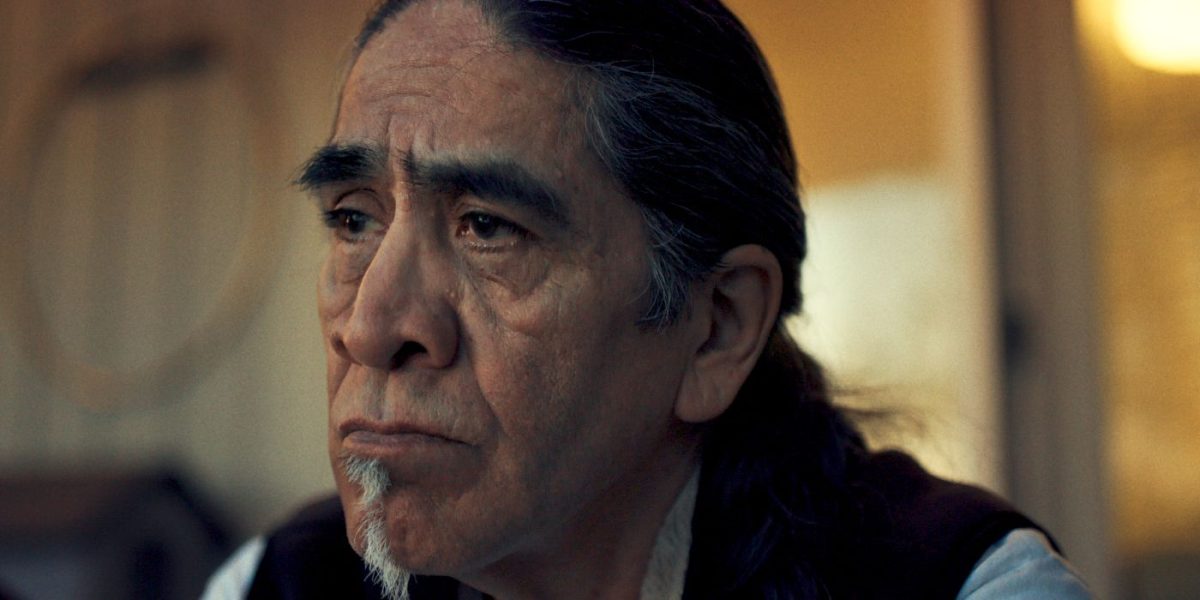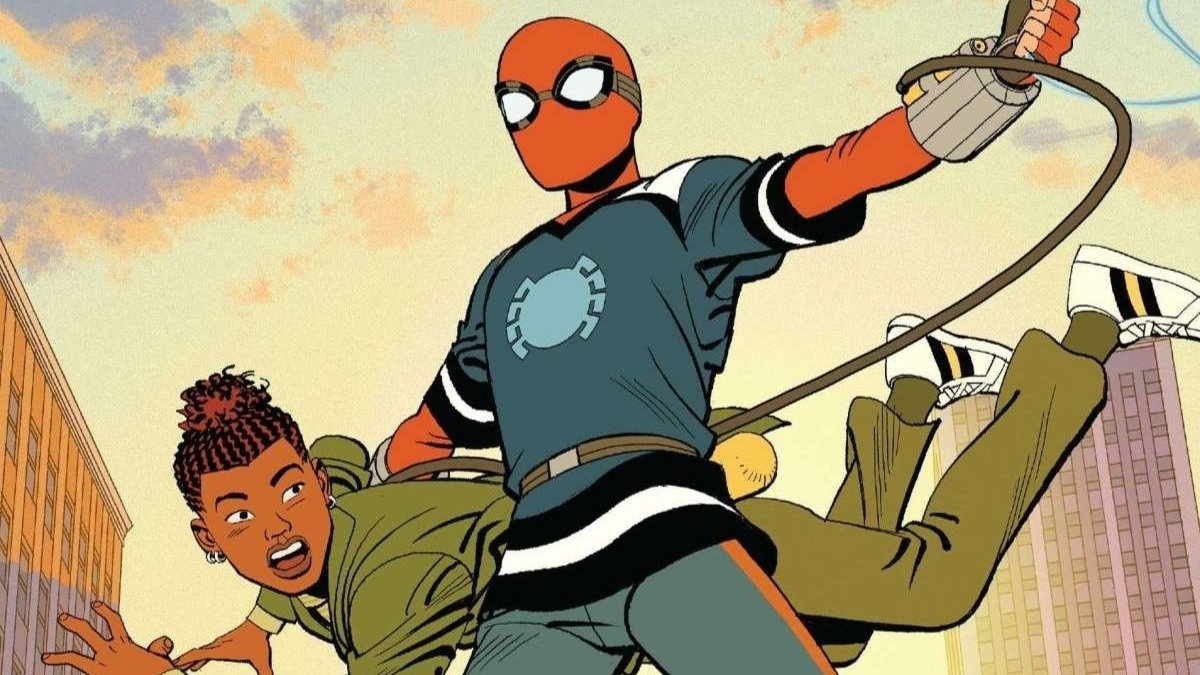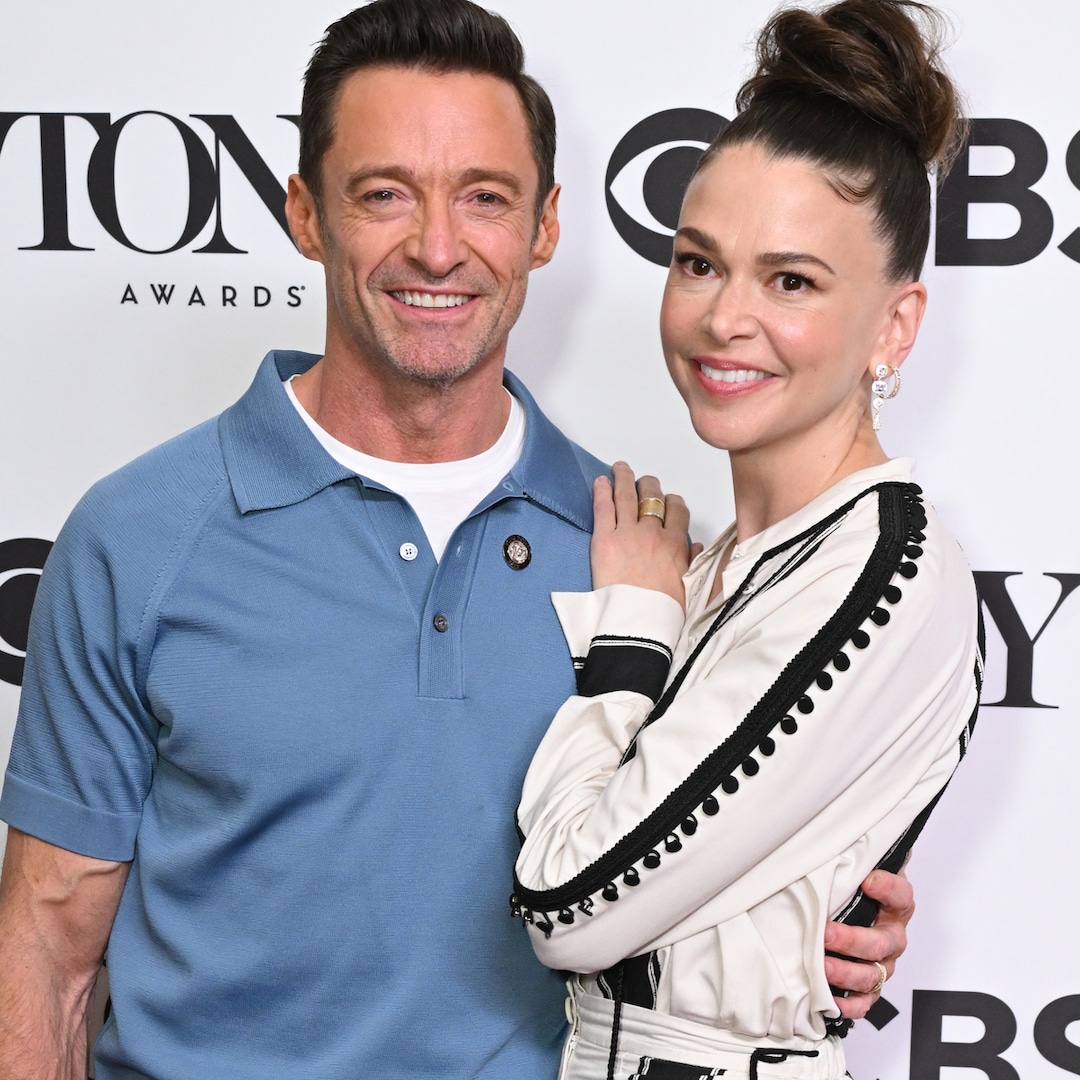
‘Sugarcane’ Review – A Shattering Confrontation With Horrors Both Historic and Painfully Present
Aug 9, 2024
The Big Picture
Julian Brave NoiseCat and Emily Kassie tell an important story about Residential Schools in
Sugarcane
, amplifying Indigenous voices and demanding accountability from the Canadian government.
Clever cinematography highlights the juxtaposition of joy and grief in the lives of Indigenous Peoples impacted by Residential Schools.
Sugarcane
is a gripping, powerful documentary that should be viewed by Canadians working toward reconciliation.
In the opening scene of Sugarcane, a radio broadcast features a woman talking about the discovery of hundreds of unmarked graves at the site of a Residential School in Kamloops in 2021. She discusses how this “reopened old wounds for Indigenous families torn apart.” But for those directly impacted by this system, these wounds were never healed in the first place. As more information comes to light about what happened in these institutions, we see how Residential Schools remain a shameful stain on Canada’s history. It’s one that is seldom talked about, leaving many survivors to deal with their pain on their own. However, with their documentarySugarcane, Julian Brave NoiseCat and Emily Kassie crack the conversation wide open.
Through their striking visual storytelling and willingness to explore harsh truths, NoiseCat and Kassie craft a gripping documentary that honors survivors and shows the long-lasting effects of generational trauma. Haunting, beautiful, and vitally important, Sugarcane tells Residential School survivors’ stories in their own words, and demands accountability for the hypocrisy and cowardice that allowed these institutions to abuse children for over a century, while most of these atrocities went — and continue to go — unpunished.
Sugarcane (2024) Release Date August 9, 2024 Director Julian Brave NoiseCat , Emily Kassie Cast Julian Brave NoiseCat Runtime 107 Minutes Main Genre Documentary
‘Sugarcane’ Explores the Horrors of Canada’s Residential School System
Sugarcane follows the investigation into St. Joseph’s Mission School, located near the Williams Lake First Nation community in British Columbia (a reserve commonly known as Sugarcane). The documentary begins with somber imagery and title cards, explaining how, in 1894, the Canadian government decided that Indigenous Peoples needed to be assimilated. Throughout the film, we learn through survivor accounts how children were dragged from their homes and brought to boarding schools called Residential Schools, where they were assigned numbers instead of names, forced to learn a new language, and punished violently if they fell out of line. On the Canadian government’s mission to “get rid of the Indian problem,” these children were subjected to corporal punishment and sexual assault at the hands of violent priests, with many girls getting pregnant as a result, and more children dying or never being seen again. The horrors of the Residential School system continue to affect countless survivors and their descendants well into adulthood, while many others took their own lives when the weight of this trauma became unbearable.
Throughout Sugarcane, investigators Charlene Belleau and Whitney Spearing lead an investigation into the happenings at St. Joseph’s Mission, Chief Willie Sellars fields hateful emails and talks to well-meaning politicians, and Chief Rick Gilbert travels to the Vatican to hear an official apology from Pope Francis. At the heart of the documentary is co-director Julian Brave NoiseCat, who unpacks his loving but complex relationship with his father, Ed Archie NoiseCat, who is attempting to piece together his own history after being born at St. Joseph’s. Throughout the film runs the overarching theme of accountability, as current political figures and past employees of Residential Schools shirk the responsibility that falls on them in acknowledging the harm they caused.
‘Sugarcane’s Cinematography Enhances Its Powerful Story
The cinematography by Christopher LaMarca and Emily Kassie throughout Sugarcane is particularly striking. While the landscapes of British Columbia offer many opportunities to showcase rolling hills and bountiful creeks (which the filmmakers do use to their advantage), even more impressive is their use of juxtaposition. Scenes of dancing and singing at the Kamloopa Powwow, imbued with vibrant color, are interspersed with shots of barren forests and brimming graveyards. A lingering shot of a cozy fireplace early on in the documentary foreshadows the revelation of past atrocities later on. Sugarcane is a stunning, but stark reminder that, for those haunted by the traumas inflicted by the Canadian government, this pain is unrelenting. The joy and the pain are always intertwined, and even in moments of celebration, there is a vein of sadness running through; the graveyard is never far away. Likewise, Canadian nationalism is ironically (and cleverly) peppered throughout the film. Tim Horton’s cups emblazoned with the Canadian flag often appear, and an inflatable tube man, likewise adorned with a maple leaf and leering smile, is featured prominently in one shot, waving and grinning, apparently gloating that many Canadians live proudly on stolen land.
Furthermore, there are no talking heads in Sugarcane, where subjects sit in front of a camera and talk the audience through their stories. Instead, we learn this information organically as the investigation unfolds into the cruel history of St. Joseph’s Mission. We sit with the survivors in their grief as they confide in each other about the horrors they experienced, and we feel the pain of the investigators as they pore over documents detailing the unspeakable abuses. The camera acts as a patient observer, and like in any good documentary, Sugarcane gives its subjects time to breathe. While survivors tearfully choke out the names of priests who assaulted them, there is no music or distracting camerawork. The audience is made to bear witness to this pain. The story behind Sugarcane is powerful on its own, but the creative choices by Kassie and NoiseCat help to make it all the more so — every choice feels intentional.
‘Sugarcane’ Highlights the Resilience of Indigenous Communities
Image via National Geographic Documentary Films
While Sugarcane doesn’t shy away from the ongoing pain and trauma that Indigenous communities face because of Residential Schools, it also effectively shows that the survivors are so much more than victims of a corrupt system. While their grief is honored and shown in depth, there are also moments of levity in Sugarcane. Julian and his father sing in the car, aptly belting out “Canada is all Indian land,” Ed carves intricate, beautiful sculptures, and Chief Richard Gilbert plays a song on his fiddle. Their lives are marred by tragedy, but they are not tragic, and Sugarcane is just as much a celebration of Indigenous culture as it is an elegy for those lost to Residential Schools.
‘Sugarcane’ Deserves To Be Seen by All Canadians
Image via National Geographic Documentary Films
We’re often taught to look back on history as something that we simply shouldn’t repeat, rather than something that trickles down through generations and continues to cause incredible pain. However, Sugarcane will not allow the past to be forgotten, and shows the resilience of Indigenous communities in Canada. As Canada works towards reconciliation, Sugarcane is the kind of film that should be mandatory viewing while investigators continue to expose the truth about Residential Schools and their ongoing impact.
Featuring Indigenous history as told by Indigenous Peoples, Sugarcane is a chance to listen, and acknowledge that while the last Residential School closed in the late nineties, there is still so much work to do. As shown in the documentary through the disappointing interactions with political and religious leaders seeking forgiveness and offering little in return, it’s made abundantly clear that the steps the Canadian government is taking toward reconciliation, while important, are not enough.
REVIEW Sugarcane (2024) Beautifully shot and powerfully told, ‘Sugarcane’ is a moving tale of resilience in the face of overwhelming injustice.ProsJulian Brave NoiseCat and Emily Kassie use powerful juxtaposition in their cinematography to add extra weight to the story.The camera is patient with the survivors, forcing the viewer to sit with them in their grief.Indigenous culture is showcased and celebrated, showing joy in spite of tragedy.
Sugarcane is now playing in theaters in the U.S. Click below for showtimes near you.
GET TICKETS
Publisher: Source link
Nicole Kidman’s Viral Getty Image Catalog
Nicole Kidman's Viral Getty Image Catalog Nicole Kidman has stepped back into the limelight to promote the new A24 erotic thriller Babygirl — and she’s looking as radiant as ever. The Academy Award-winning star has had an incredibly storied career,…
Jan 14, 2025
Hugh Jackman and Sutton Foster Have Steamy Makeout Session
The Music Man's final curtain call was in January 2023. But it wasn't the only thing to come to an end. In September of that year, Jackman and his wife of 27 years Deborra-Lee Furness announced their split."We have been blessed…
Jan 14, 2025
Mandy Moore Shares She’s Unsure If Her Home Survived
California Fires: Mandy Moore Shares She's Unsure If Her Home Survived On Tuesday, Mandy shared on her Instagram story that she, her children, and her pets left their home and were safe. "Evacuated and safe with kids, dog and cats.…
Jan 13, 2025
YouTubers Colin, Samir Lose Homes to L.A. Fire as Wives Are Pregnant
Angelina Jolie, Halle Berry, Jamie Lee Curtis & More Stars Are Giving Back Amid LA FiresYouTubers Colin Rosenblum and Samir Chaudry are opening up about their heartbreaking situations. The duo, otherwise known on the platform as Colin and Samir, recently…
Jan 13, 2025











